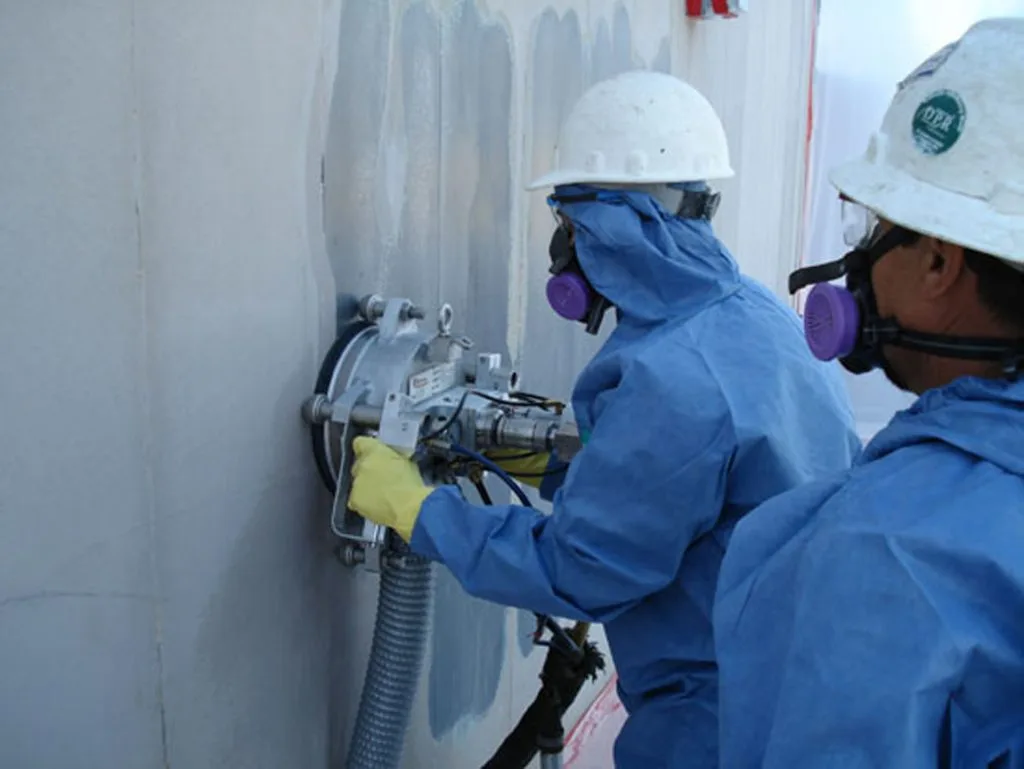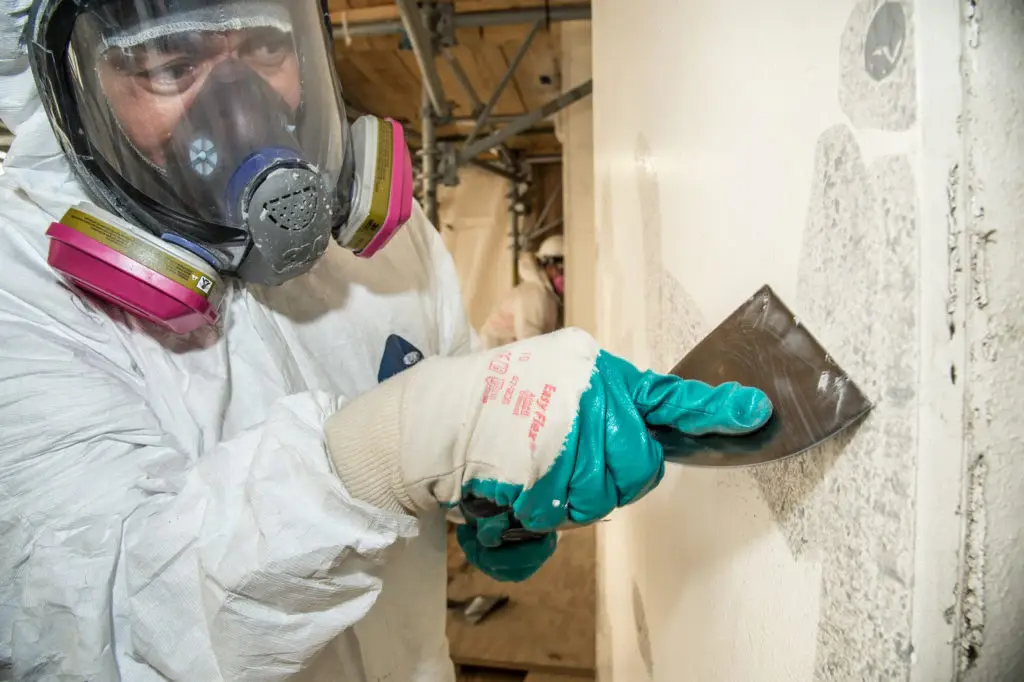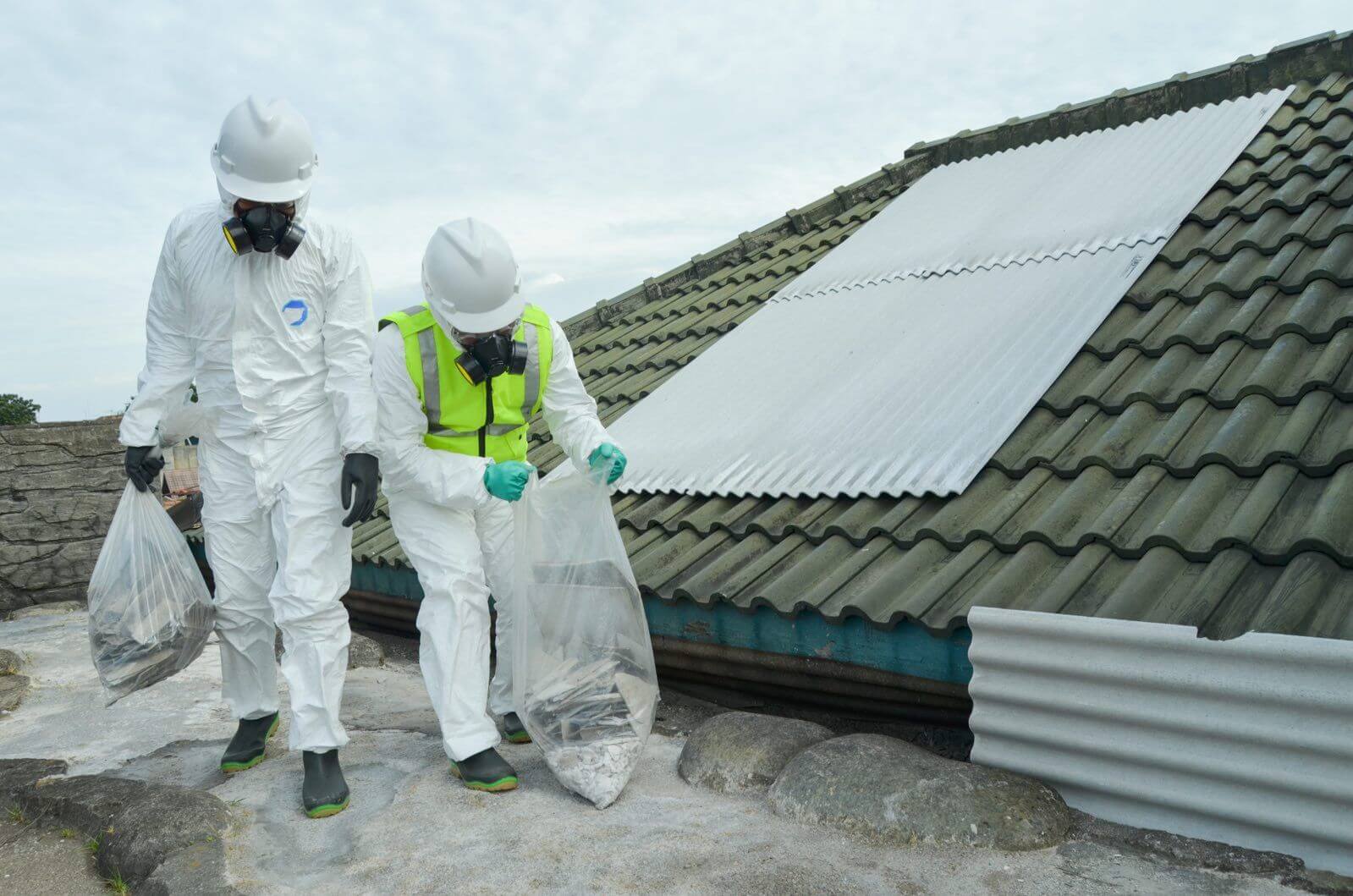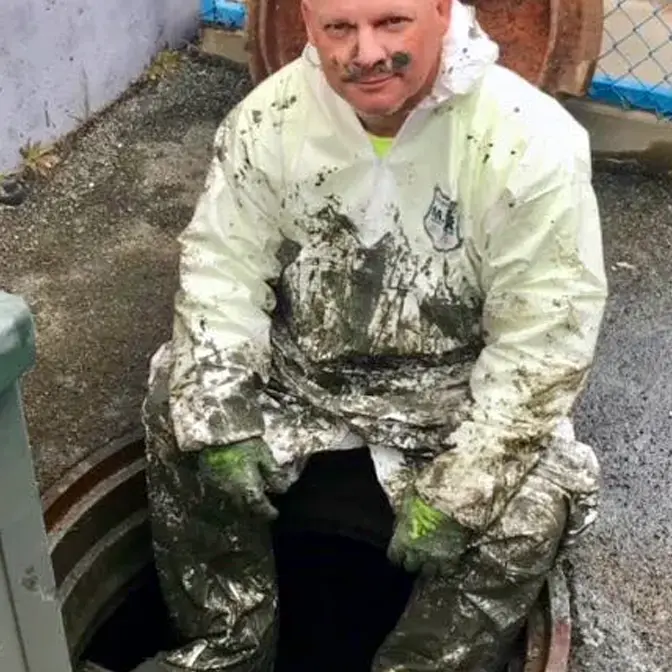Lead paint was once the standard in construction — durable, colorful, and long-lasting. But what was seen as an advantage decades ago has now become one of the most widespread health hazards still present in California’s homes, schools, and public facilities.
Any structure built before 1978 may still contain lead paint, either on walls, trim, windows, or beneath newer layers of paint. When disturbed during renovation, cleaning, or natural deterioration, lead dust can spread invisibly throughout a property. It settles into carpets, toys, soil around homes, and air ducts, creating constant exposure risks for anyone inside.
The greatest danger is for young children. Even small amounts of lead can cause developmental delays, learning difficulties, and behavioral changes. Pregnant women exposed to lead are also at risk of passing health complications on to their unborn children. For families, landlords, and school districts, ignoring lead hazards is not only dangerous — it can also result in serious legal and financial consequences under California law.
California has some of the strictest requirements in the nation when it comes to lead paint removal. The California Department of Public Health (CDPH) requires certified contractors for any abatement project, and strict disposal laws mean every pound of contaminated material must be tracked, contained, and disposed of properly.
Alliance Environmental Services has worked with homeowners, commercial property managers, and public school districts across California to eliminate lead hazards safely. Our certified teams follow OSHA, EPA, and CDPH guidelines from the first inspection to final clearance, ensuring every project is handled with compliance, safety, and transparency.

Where Lead Paint Still Exists in California
- Homes built before 1978 often have multiple layers of lead paint hidden under newer coats.
- Schools and childcare centers frequently still test positive for lead in old classrooms, gyms, or cafeterias.
- Government and municipal buildings built mid-century often contain lead in trim, doors, and exterior surfaces.
Even properties that “look modern” may still test positive, since lead is not always visible on the surface.
The Process of Lead Abatement
At Alliance Environmental Services, we follow a strict, step-by-step method to ensure lead hazards are removed safely:
- Site Inspection & Testing
Our certified inspectors test painted surfaces, soil, and dust samples to confirm contamination. - Containment Setup
Using heavy-duty plastic sheeting, negative air pressure machines, and sealed zones, we prevent dust from traveling outside the work area. - Removal or Encapsulation
Depending on the structure, lead paint may be stripped, sanded under controlled conditions, or sealed with specialized encapsulants. - Safe Disposal
Every piece of debris is sealed, labeled, and transported to approved hazardous waste facilities. - Clearance Testing
Independent labs test the site post-removal to confirm it meets state and federal safety standards.
Why Professional Removal Matters
Attempting to remove lead paint without training can make the problem worse. Dry sanding, scraping, or even improper vacuuming can release high concentrations of lead dust into the air. DIY mistakes are one of the leading causes of lead exposure in children today.
By hiring a certified team, property owners protect not only their tenants, students, or families, but also shield themselves from lawsuits, penalties, and regulatory violations. Alliance Environmental Services brings decades of combined experience and has helped schools, residential complexes, and government agencies across Chico, Sacramento, and Redding comply with state safety standards.




